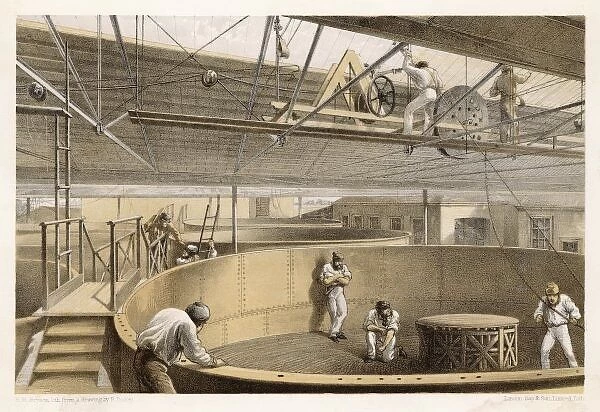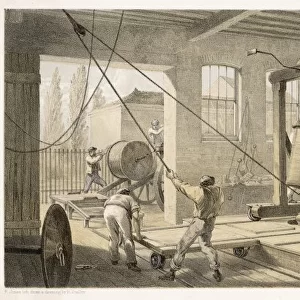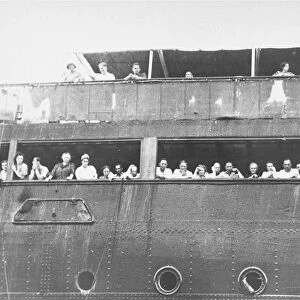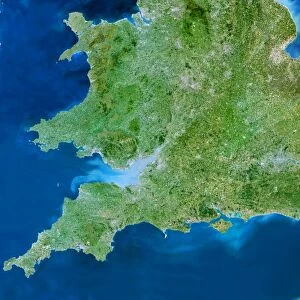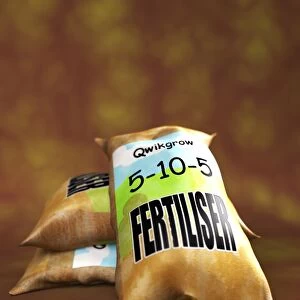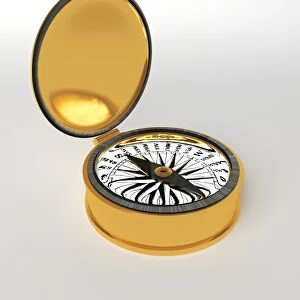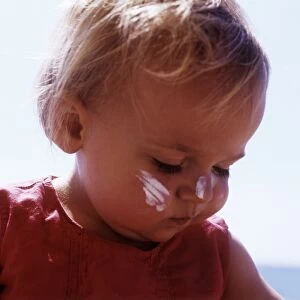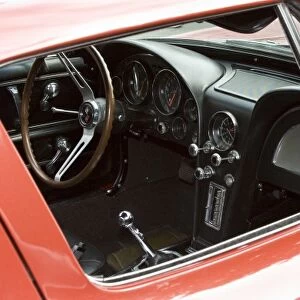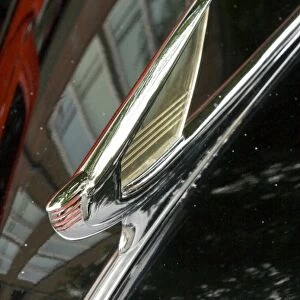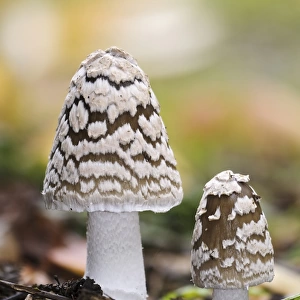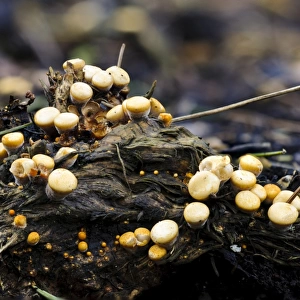Home > Europe > United Kingdom > England > London > Boroughs > Greenwich
Atlantic Cable Coiled

Wall Art and Photo Gifts from Mary Evans Picture Library
Atlantic Cable Coiled
At Greenwich the cable is carefully coiled in tanks before loading aboard the Great Eastern - enough to stretch from one side of the ocean to the other
Mary Evans Picture Library makes available wonderful images created for people to enjoy over the centuries
Media ID 612042
© Mary Evans Picture Library 2015 - https://copyrighthub.org/s0/hub1/creation/maryevans/MaryEvansPictureID/10104992
1865 Aboard Atlantic Cable Carefully Coiled Greenwich Loading Stretch Tanks Telegraph
EDITORS COMMENTS
July 1865: At Greenwich, the Atlantic Cable is Carefully Coiled Aboard the Great Eastern This historic photograph captures a pivotal moment in the development of long-distance communication as the Atlantic Cable, meticulously coiled in tanks at Greenwich, is prepared for loading aboard the Great Eastern. The cable, long enough to stretch from one side of the ocean to the other, revolutionized the way people connected across vast distances. The Great Eastern, a specially designed ship, was commissioned to lay the transatlantic telegraph cable. The cable, made of copper wires insulated with gutta-percha, was a marvel of engineering and technology. Coiling the cable in tanks was a crucial step in the process, ensuring that it would not be damaged during transport and laying. The image showcases the careful attention to detail and precision required to handle the delicate cable. Workers are seen meticulously coiling the cable in the tanks, ensuring that each turn is perfectly aligned and secured. The tanks, filled with water, helped maintain the cable's shape and prevent kinks or damage. The successful laying of the Atlantic Cable in 1865 marked a significant milestone in human history. It brought the world closer together, enabling instant communication between Europe and North America. The cable paved the way for further advancements in telecommunications and laid the foundation for the globalized world we know today. This photograph is a testament to the ingenuity and perseverance of the human spirit, as well as a reminder of the incredible advancements that have shaped our world.
MADE IN THE USA
Safe Shipping with 30 Day Money Back Guarantee
FREE PERSONALISATION*
We are proud to offer a range of customisation features including Personalised Captions, Color Filters and Picture Zoom Tools
SECURE PAYMENTS
We happily accept a wide range of payment options so you can pay for the things you need in the way that is most convenient for you
* Options may vary by product and licensing agreement. Zoomed Pictures can be adjusted in the Cart.

